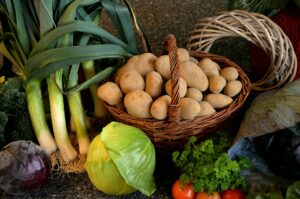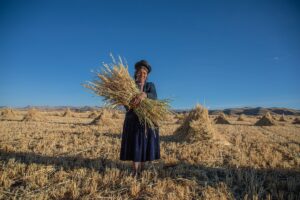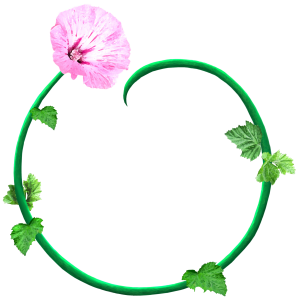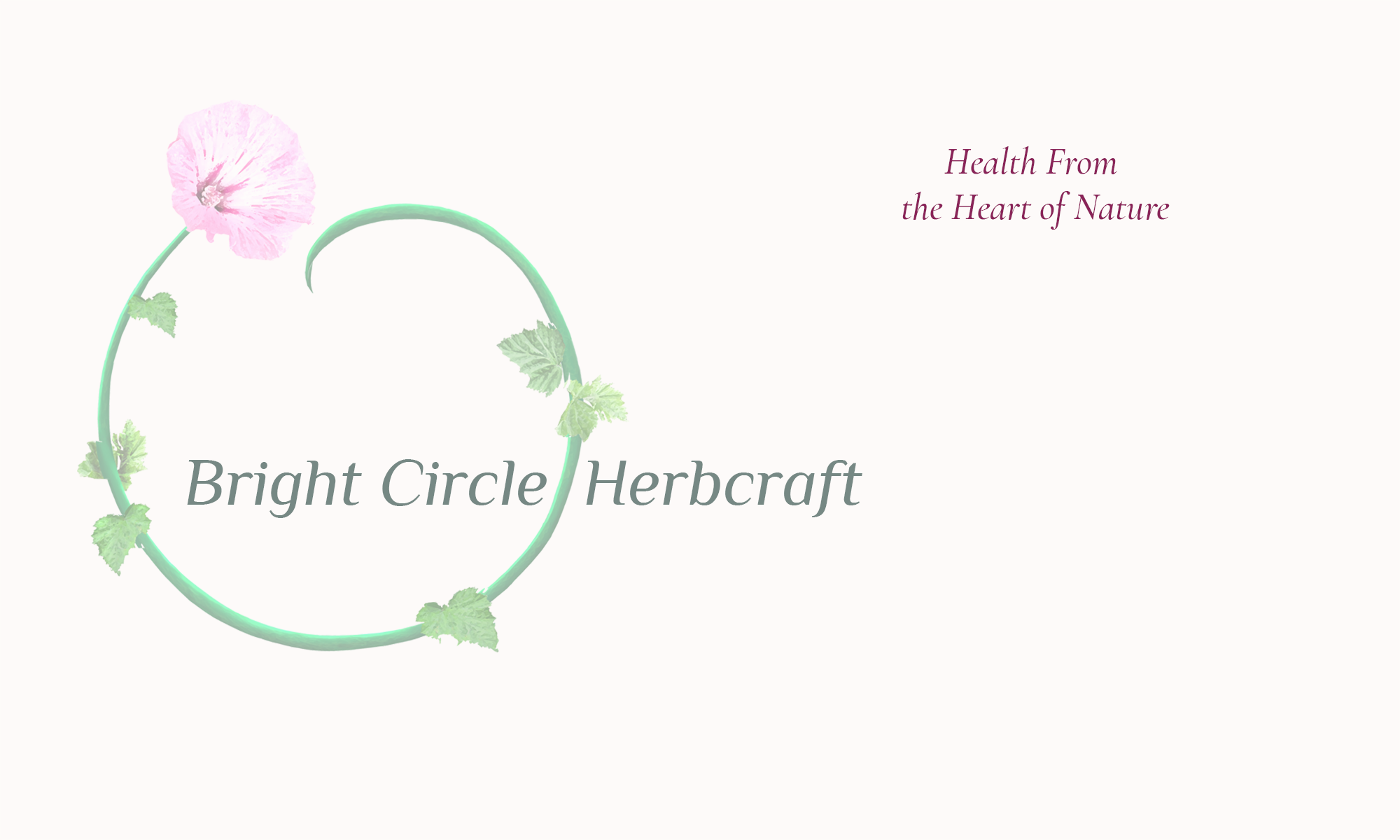We are tied to the earth through food.

In antiquity, my Celtic ancestors and much of Europe celebrated the Wheel of the Year in their own special ways, often with fire and feasting. As the sun and the stars cycled from day to night to day, the seasons flowed in a never changing, ever changing rhythm of sun-time, planting and harvest.
The high points were:
Midsummer (what we now call the start of summer) around June 21
The Equinoxes that mark the start of spring and fall
Midwinter, around December 21
and the half-way points between all of those.
Those who follow the Celtic Wheel of the Year still celebrate these today, as a way of honoring and attuning with the Earth, and the celestial energies of the solar cycle. No matter what continent your ancestors came from, it is certain they, too, marked time in wonder at the changing the night sky, the angle and location of the sun, and the plants that bloomed and faded. What was happening as the seasons passed was reflected in the food on their tables.
Now, encouraged by an agriculture industry and world body politic which has co-opted our food as a human right and restructured it as a commodity, our consumption of food is divorced from an awareness of the lives that were taken to make it, and also divorced from the seasons, since it can be shipped from any place, at any time. As fewer and fewer people on this continent grow their own food, it has become cheapened with the label of Common, and often taken for granted by those with means: A throw-away commodity in plastic, that someone else grew, processed or synthesized; a thing that one can always get again from the store. But it was not always so.
Connection: Land, Food and Spirit
Prior to the Industrial Age and certainly in ancient times, there was a natural reverence for the food and animals that people depended on; and matters of faith were interleaved with gratitude for food, and an awareness of the stars, and the land. Celebrations of the divine were often entwined with times of planting and harvest. This was not just an expression of the Celtic lands. Throughout the world cultural festivals of seasons and harvests were, and still are juxtaposed with, or part of, the prevailing faith celebrations of an area; and revolved around the table, and food shared.

In the pre-Christian countries of Europe, as autumn brightened then waned, what we call “The Harvest” was actually celebrated as a succession of harvests, as grains and fruits of late summer ripened; then more grains; then nuts, seeds and gourds. As the year neared its end, farmers would choose which animals to slaughter for winter meat. That too was a harvest, and in the Wheel of the Year is accounted the final one, a last chance to provide from the herd for the cold months. People paid the price for food with their labor, and the lives of their crops and animals. They celebrated their gratitude not once a year, but in each season.
How do you celebrate the time of the harvests
or throughout the autumn?
What ties to the land do you personally observe?
What is the role of community?
How can these change or evolve to better reflect an awareness of our connections with all life?
The answers to these questions are a reminder that our ties to land have historically been so important that they are part of the cultural fabric that includes spiritual awareness, land awareness and community. In a year that has upended our rhythms tied to machine-life, I find myself embracing the Earth Rhythms of the harvest, to slow my pace, and reconsider celebrations of connection between food, people and planet.
Feel the deepness of waning autumn around you, as you take time to reflect on the life-bounty we are gifted with, even in this year of great challenge. The answers to the questions above are a starting place for new ways of connecting with Earth, and her abundant gifts, both personally and in community. At this time of interrupt in our old forms, it is possible to leave behind those rooted in commercialization and colonialism, and remember the sacred circle of people, land and spirit. It is an opportunity to craft personal or communal celebrations of gratitude that are deeper, more frequent, and more relational to the world that brings us our food.
Wishing you abundance,
Joan
A favorite drink for times of contemplation. This recipe is a starting place, and is a nice one to experiment with. It supports subtle opening to the inner world.
Per person, use:
1 cup of your favorite milk (dairy, coconut, almond, etc.)
1 Tablespoon 100% Cocoa powder (no additives, sugar, etc.)
1/2 teaspoon dried peppermint leaf, or to taste
1/2 teaspoon lemon balm leaf
up to 1/2 teaspoon dried orange peel, or to taste
Stevia or other non-sugar sweetener to taste
Warm the milk until very warm but not scalding.
Add the dry ingredients and sweetener, and stir well.
Steep at a warm level, but do not simmer, covered on lowest heat (or no heat but occasionally turn the heat back on) for 20 minutes.
Strain, sip and be delighted.
Optional: Add a dropper of Reishi tincture to your cup of tea after straining. Be prepared to sit in a quiet space, and go within.
If you would like to learn more about herbal lifestyles and reweaving your connections with earth rhythms, click here to visit Joan’s events page
Or here to join here to join the Prairie Star Herbalist Connection.
(Learn More about Prairie Star here!)
You can follow Joan on facebook here.

